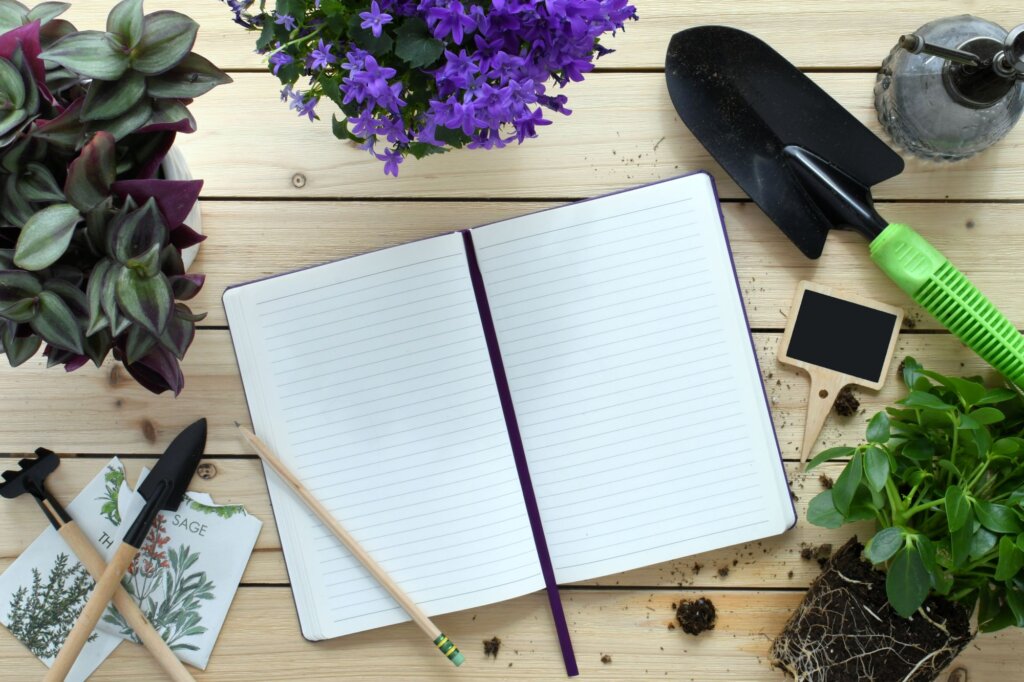No matter how long you’ve been gardening, keeping a gardening journal can be a great resource in your gardening experience. A journal helps you record your garden’s progress and challenges, and it can become a valuable collection of personalized gardening wisdom over the years. Here are a few tips for keeping a gardening journal that will help you grow your garden more effectively.
Why Keep a Gardening Journal?
A gardening journal serves several purposes:
- Tracking Plant Growth: Documenting when plants fruit or bloom, their growth stages, and their health can help you make better gardening decisions in the future.
- Weather Records: Keeping notes on weather patterns can help you understand how your garden reacts to different weather conditions.
- Pest and Disease Notes: Noting outbreaks of pests or disease—and any treatment methods you used—can prepare you for preventive measures next season.
- Experimentation Results: A journal gives you space to note what works and what doesn’t, which can refine your gardening practices.
- Seasonal Reminders: Past (dated) entries can remind you when to start seedlings indoors, transplant, or harvest.

Tips for Keeping an Effective Gardening Journal
1. Choose Your Format
First, you’ll need to choose your ideal journaling format. A physical notebook can provide the tactile pleasure of handwriting and being easily accessible in the garden, while digital journals can be backed up, searched, and easily re-organized. There’s no right or wrong answer as long as it works for you.
2. Keep Regular Entries
Make it a habit to update your journal regularly. Choose a rhythm that suits your gardening schedule, whether that’s daily, weekly, or bi-weekly. Make sure you date your entries for easier reference in the future! This consistency is key to building a useful journal.
3. Include Photos or Drawings
Including photos or sketches of your plants can help you visually track growth and notice changes you might otherwise miss. You don’t need to be an artist to sketch what you see.
4. Make Detailed Observations
Be detailed with your entries! Note the position of plants in your garden, specific care given (e.g., type and amount of fertilizer), and any issues you’ve faced. Include more sketches of plant layouts or garden designs. Again, these can be basic sketches or diagrams.
5. Reflect on the Season
At the end of each season, take the time to write a summary of what went well and what could be improved. This reflection can be incredibly valuable for planning future seasons and looking back at how far you’ve come.
6. Index Important Entries
If you’re using a physical journal, create an index at the front or back to mark important entries for quick reference. For digital journals, utilize tags or categories.
7. Personalize Your Journal
Make your journal yours! Include quotes, notes, and personal reflections on your gardening journey. Use stickers or fun pens, or stick to basic notetaking if you prefer.
Keeping a gardening journal serves as a record of your garden’s history and can also become a tool for learning and growth. As you continue to journal, you might find that your entries turn into a valuable archive of your gardening life, full of insights and inspirations for future seasons.
Looking for more tips? Visit your local nursery or garden center and talk with a local gardening professional.
